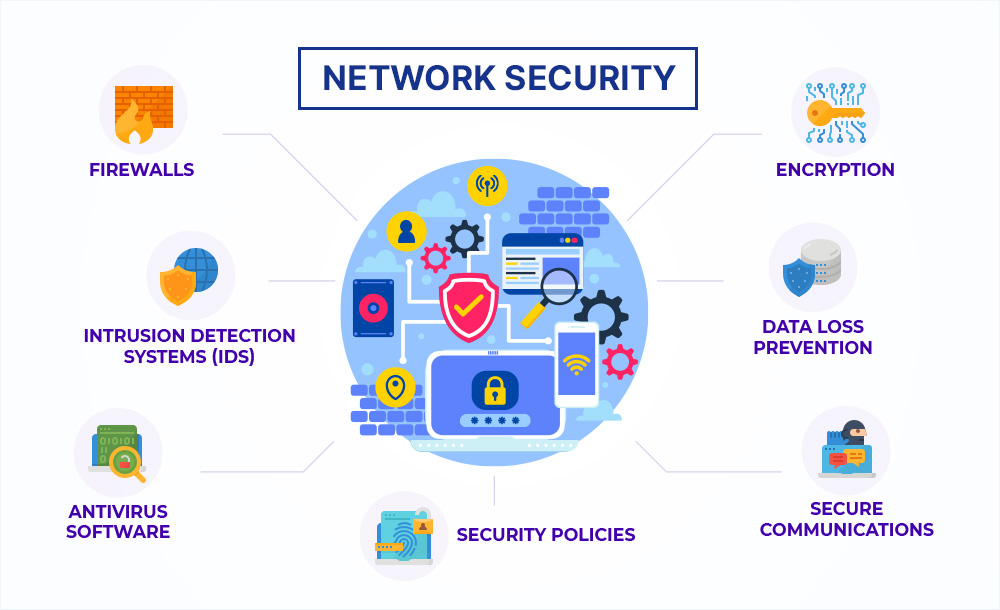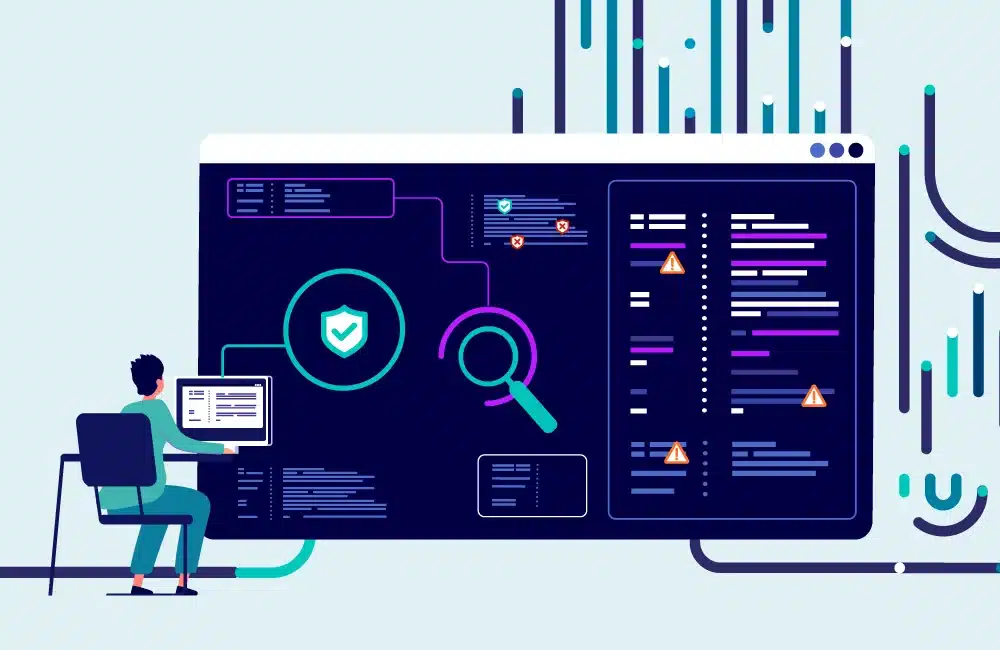




Cloud security, also known as cloud computing security, refers to the set of policies, controls, procedures, and technologies that work together to protect cloud-based systems, data, and infrastructure. It involves securing cloud environments against unauthorized access, data breaches, data loss, and various other cyber threats. As businesses increasingly migrate to cloud services to leverage benefits like scalability, cost-efficiency, and accessibility, ensuring robust security becomes paramount.
Data Protection:
Compliance and Legal Requirements:
Many industries are subject to strict regulatory requirements (e.g., GDPR, HIPAA, PCI-DSS) that mandate specific security measures for data protection. Cloud security helps organizations meet these compliance standards.
Business Continuity:
Cloud security measures such as backups and disaster recovery plans ensure that a business can continue operating even in the face of a security incident.
Risk Mitigation:
The cloud is a prime target for cyberattacks due to the volume of valuable data stored. Implementing robust cloud security minimizes the risk of data breaches, financial loss, and reputational damage.
Identity and Access Management:
Control who has access to what resources in the cloud environment, ensuring that only authorized users can access sensitive information and perform critical operations.
Shared Responsibility Model:
Cloud security operates on a shared responsibility model where cloud service providers (CSPs) and customers both have roles in securing the cloud environment. While CSPs secure the infrastructure, customers must secure their data and manage access controls.
Threat Detection and Response:
Advanced cloud security solutions offer real-time monitoring and analytics to detect and respond to potential threats, reducing the window of exposure and preventing major security incidents.
Cost Efficiency:
Proactive cloud security measures can save businesses significant costs associated with data breaches, including legal fees, remediation expenses, and loss of customer trust.
Scalability and Flexibility:
Cloud security solutions can scale with your business needs, providing flexible security controls that adapt to changing environments and emerging threats.
As the adoption of cloud services continues to grow, so does the importance of cloud security. By implementing comprehensive cloud security measures, organizations can protect their data, maintain compliance, ensure business continuity, and safeguard their reputation. Investing in cloud security is not just about protecting data but also about enabling the full potential of cloud computing in a secure and reliable manner.


We are proud to offer live classes on cyber security and IT courses completely free of cost. Our mission is to provide accessible knowledge and skills to everyone, regardless of their financial situation.
Naseberry FoundationOur institute is supported by the Naseberry Foundation, a non-profit organization dedicated to spreading knowledge and empowering individuals.
Naseberry Innovation Technology
We are a leading IT company providing comprehensive IT courses and job opportunities. Our team of experts has years of experience in the industry and is dedicated to helping you succeed.
Our LeadershipWe started our journey in 2022 with a vision to make a difference in the world of IT and cyber security. Our goal is to provide Knowledge drives innovation and innovation skills to everyone.
Join UsBe a part of our community and take advantage of our free courses and resources. Let's shape the future of IT and cyber security together!
Talk to one of our cybersecurity experts to help guide your career path.
Fill Form Our experts contact soon.
If you have any questions or suggestions, feel free to contact us:
